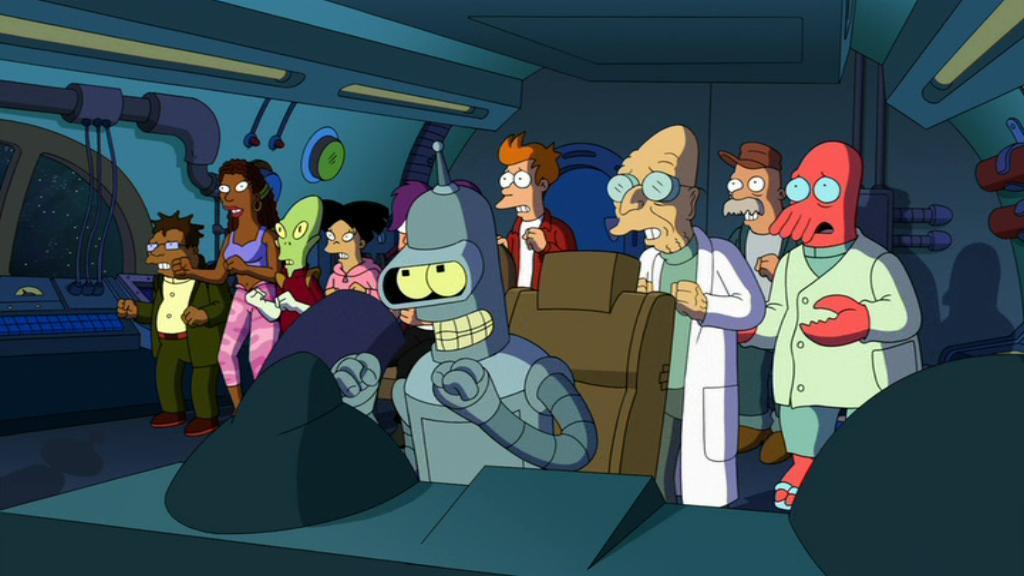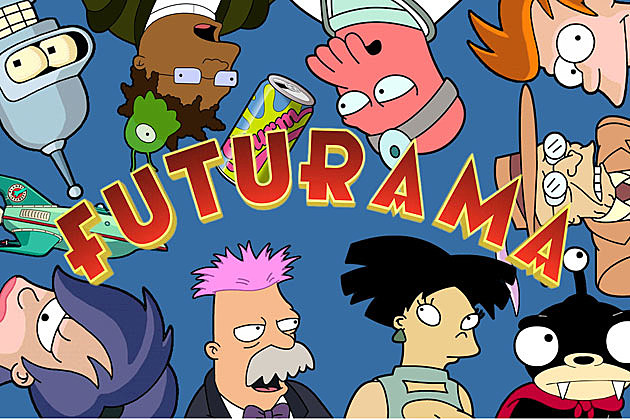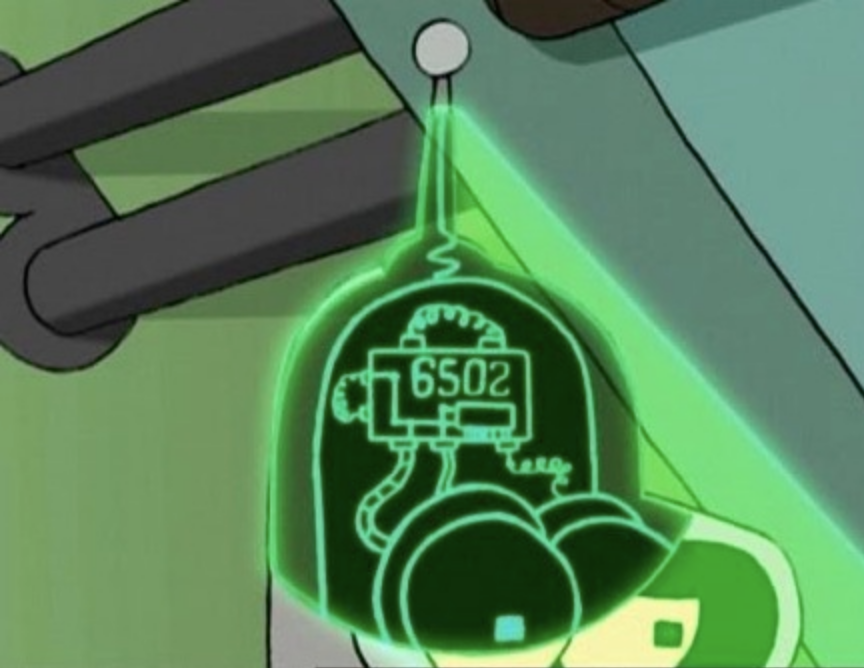


Rolls-Royce was in the news last week when they unveiled their first driverless vehicle called The Vision Next 100. Rolls-Royce plans to launch the first remote-controlled cargo ships by 2020, with autonomous boats in the water within the next two decades. Phase II of the project will continue through the end of 2017. "Our future solutions will reduce need for human-machine interaction by automating selected tasks and processes, whilst keeping the human at the center of critical decision making and onboard expertise." Initial testing of sensor arrays in a range of operating and climatic conditions is already underway in Finland. "The increased level of safety onboard will be provided by additional systems," Rolls-Royce said on its website. Unmanned ships could save money, weight, and space, making way for more cargo and improving reliability and productivity, the AAWA said in a recent white paper.
Pixa futurama Pc#
With the invention of cars, the city is no longer a static landscape, on the contrary, it becomes a symbol of speed and movement, in a single word, a symbol of the future.An anonymous reader writes from a report via PC Magazine: Speaking at a recent symposium in Amsterdam, Rolls-Royce vice president of innovation for marine, Oskar Levander, said, "The technologies needed to make remote and autonomous ships a reality exist." In partnership with the Advanced Autonomous Waterborne Applications Initiative (AAWA) project, Rolls-Royce, DNV GL, Inmarsat, Deltamarin, NAPA, Brighthouse Intelligence, Finferries, and ESL Shipping are leading the $7 million effort. The futurist city is a metropolis, often the protagonist of the works of many of the movement’s painters among them Umberto Boccioni, in his painting La Città che Sale, and Fortunato Depero, author of Grattacieli e Tunnel. In fact, there are many projects by Futurist architects (including Mario Chiattone and Tullio Crali) that were designed but never built, such as Sant’Elia’s new station in Milan. The cities of the futureįuturism was a metropolitan movement, but it only succeeded in influencing urban reality to a small extent.

Marinetti even stated that it was necessary to destroy museums, libraries, academies of all kinds in order to get rid of past history. Futurism promoted a clean break with the past, perceived as a cage, thus encouraging renewal. The poet Filippo Tommaso Marinetti was responsible for inventing the name of this movement, which embraced every form of artistic and cultural expression: from cuisine, fashion, theatre, painting to urban planning. These factors led to a change in the perception of space and time, making continents feel closer together, and the imminent advent of a new future.

It was born at a time of great social and political changes, technological developments, and communication. Image courtesy of Wikimedia Commons, Public Domain The Futurist movementįuturism was an artistic, literary, cultural, and musical movement, born in Italy at the beginning of the 20th century. La Città Futurista, Antonio Sant’Elia, 1914.


 0 kommentar(er)
0 kommentar(er)
